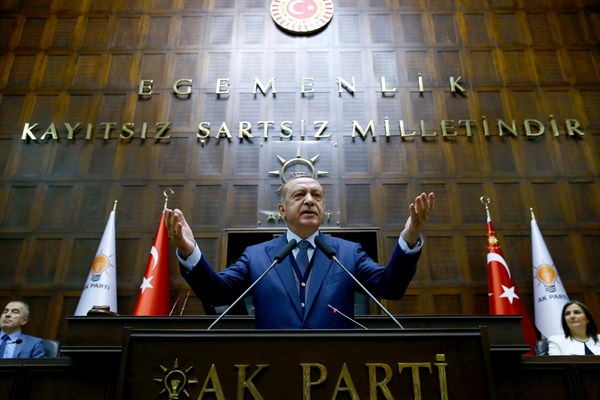As the dust settles from President Donald Trump’s first visit to the Middle East, his policy in the region, such as it exists, is harkening back to the years before his predecessor, Barack Obama.
Obama only sought minor recalibrations in long-standing U.S. policy toward its allies in the region, and his criticisms of them amounted to the mildest rebukes. But Trump’s visit made it clear that Saudi Arabia and Israel are, once again, the unmistakable pillars of America’s Middle East posture. Egypt also seems more firmly in the U.S. orbit than ever, given Trump and Egyptian President Abdel-Fattah el-Sisi’s mutual fondness, while Jordan’s King Abdullah made nice with Trump earlier in the year, too.
Trump has set about placating America’s Middle East allies, largely by identifying a common enemy: Iran. But one important American ally has been missing from this equation.

